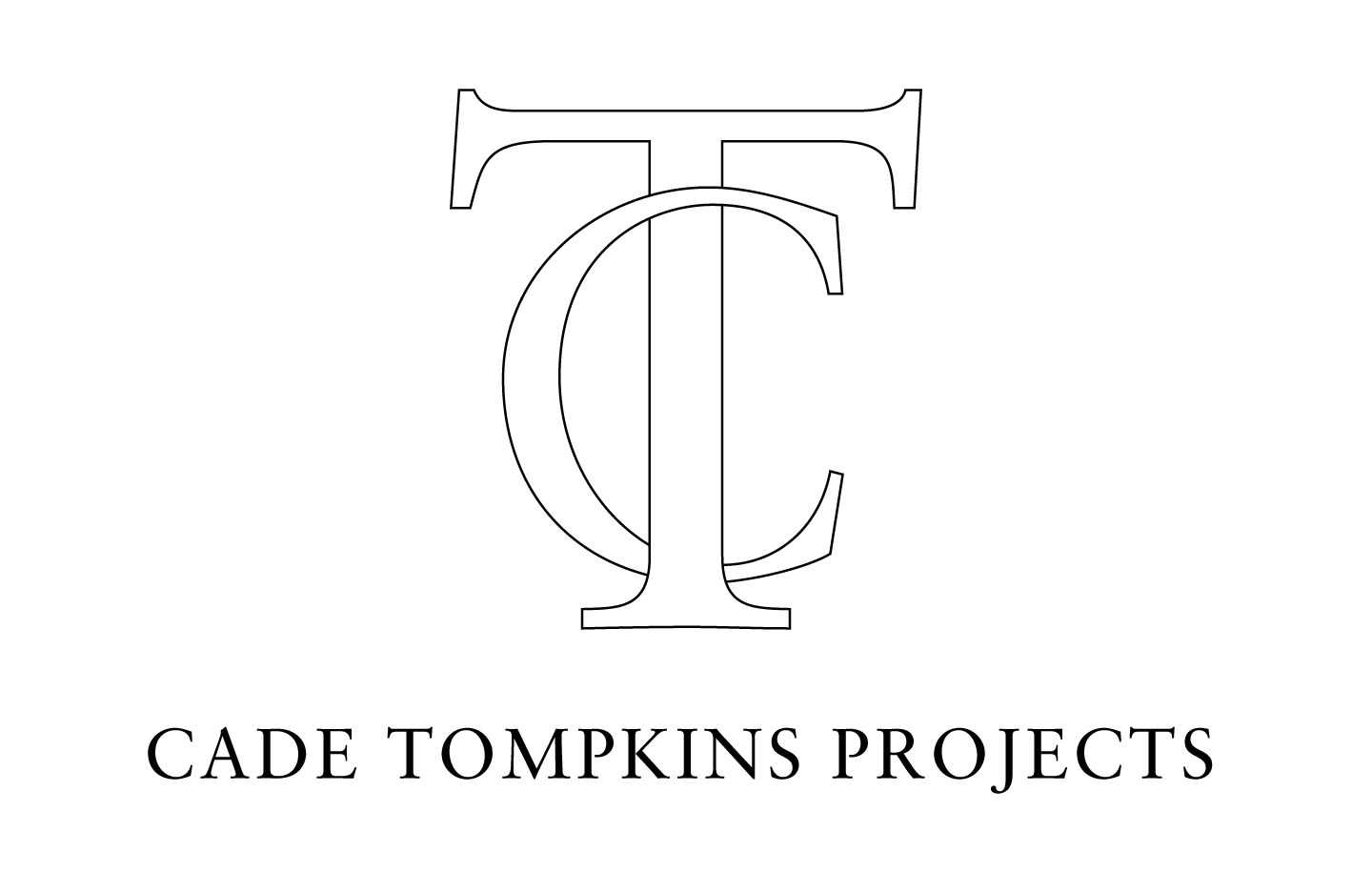Have the winter blues? Nancy Friese has a remedy. The painter and printmaker’s mammoth, watercolor landscapes are portals to lush worlds ruled by plants — and there’s not a speck of snow in sight.
Roughly a dozen unframed watercolors are on display at the Newport Art Museum in the aptly titled exhibit “Encircling Trees and Radiant Skies,” which opened Jan.17.
“[The show] doesn’t have any winter themes,” says Friese. “That’s hard for me to do.”
Friese works en plein air, so it’s understandable that frozen tundras aren’t within her repertoire. It takes Friese one or two months to finish a painting, divvied up into outdoor sessions about six hours long. Friese makes several visits to the sites she paints, resulting in “composite landscapes” that fuse multiple impressions across time into a single image.
Landscape painting may summon memories of doctor’s office decor, but “Encircling Trees” is leagues away from amateurish renderings of lighthouses and breaking waves. (When Friese paints waves in “Great and Wide Sea,” you can almost hear the water collapsing onto the shore.) The smallest piece in Friese’s show measures 40 inches. There are three pieces that measure 10 feet wide, and a handful of black-and-white landscape etchings.
Friese bombards the paper with controlled explosions of color and sensuous gradations in tone. Pale skies melt into trees and shrubbery with kinetic, punchy, manga-like brushwork. Friese achieves her almost radioactive hues by using hot press watercolor paper. It’s “highly absorbent,” she says, and “very smooth, and I can build up watercolor very slowly to get the density that I like.” A foundational “tonal range of warm and cool, light and dark,” says Friese, givers her paintings a visual continuity.
“I think when you first walk in, you might think they’re oils,” says Friese. “Most people experience watercolor under glass...This is a chance to more intimately experience what the artist has done.”
Friese has an arsenal of credentials to complement her prowess — an MFA in Printmaking from Yale, a graduate studies teaching position at Rhode Island School of Design and over 30 years of experience in the arts — but her paintings never feel overly technical or clinical. Her landscapes suggest motion and elapsing time, as if you’re watching moments pass in the forest.
Friese doesn’t Xerox nature. Her paintings are histories of color and light. “The longer you’re outside, sitting very still, painting, the more color you see,” she says.
Notes Marjorie B. Cohn in the exhibit’s brochure: “It is the image envisioned, internalized, and fixed by the artist and not ‘nature’ that we see before us.” What Friese sees, the viewer sees, and her vision is one of Herculean concentration.
“The primary issue is my experience and how I am affected and how I can give that to the viewer,” says Friese.
In a 2004 visit to Steamboat Springs, Colorado, Friese told local paper Steamboat Today that the Colorado wilderness “is so much bigger than human.”
So are Friese’s paintings. You could argue that going to the locales Friese paints would have the same effect, but it likely wouldn’t. It’s not the nature per se that elicits a gasp of appreciation or awe. Rather, Friese’s attention and devotion to nature animates not only her paintings but the viewer as well.
My personal favorite might be “Lake Light,” a watery scene resembling some ancestral, wet and luminous place locked deep within memory. It oozes mysticism and mystery, reminding me of the philosopher Simone Weil: “To give up our imaginary position as the center [of the world]... means to awaken what is real and eternal, to see the true light and hear the true silence.”
Friese’s paintings are awakenings. They quiver with light, and move us to silence.


